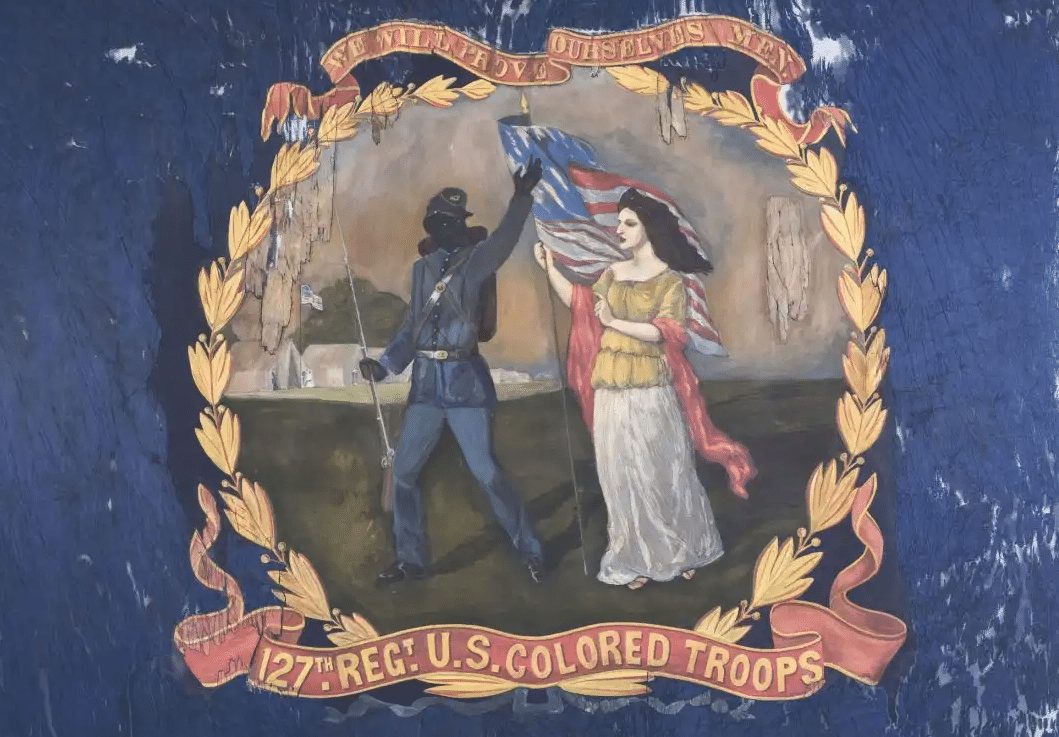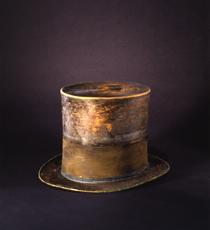As with a few of their other holdings, the Lincoln Presidential Library’s new Bible acquisition is of dubious connection to the man. He may have thumbed through it once or two, but an eighteen pound Bible is not really a book that lends itself to light reading. (Pun intended. Also, eighteen pounds?!)
A Bible given to Abraham Lincoln in the final months of the Civil War ties together the 16th president’s budding views on spirituality and his belief that God was calling him to end slavery as well as his widow’s labors to solidify his religious standing, historians say. The King James Bible was eventually given by Mary Lincoln to Noyes W. Miner, a beloved Springfield neighbor and a Baptist minister whose descendants donated it to the Abraham Lincoln Presidential Library and Museum, which unveiled it to th
Source: Bible underscores Lincoln’s belief he was to end slavery – News – The Repository – Canton, OH



